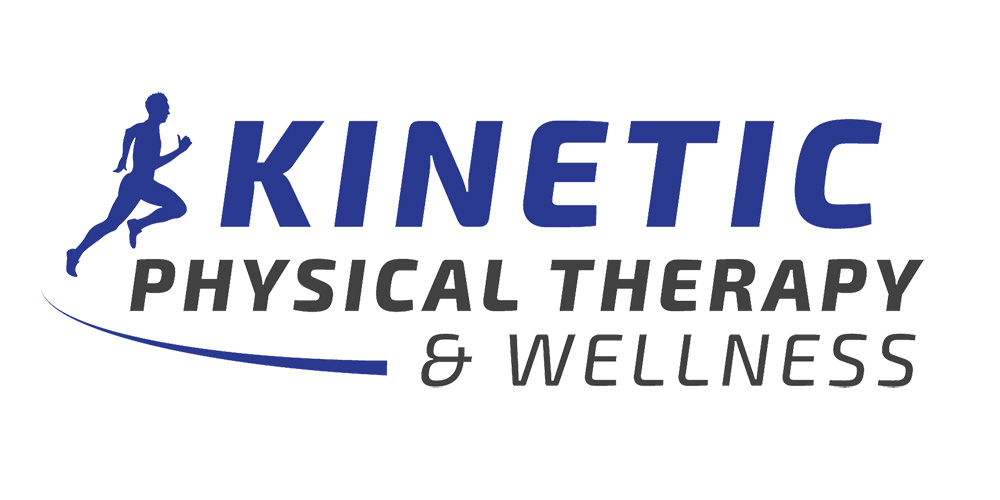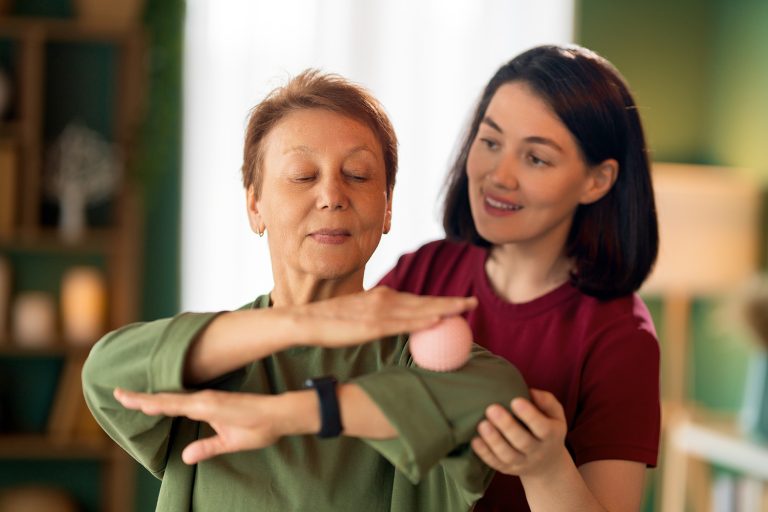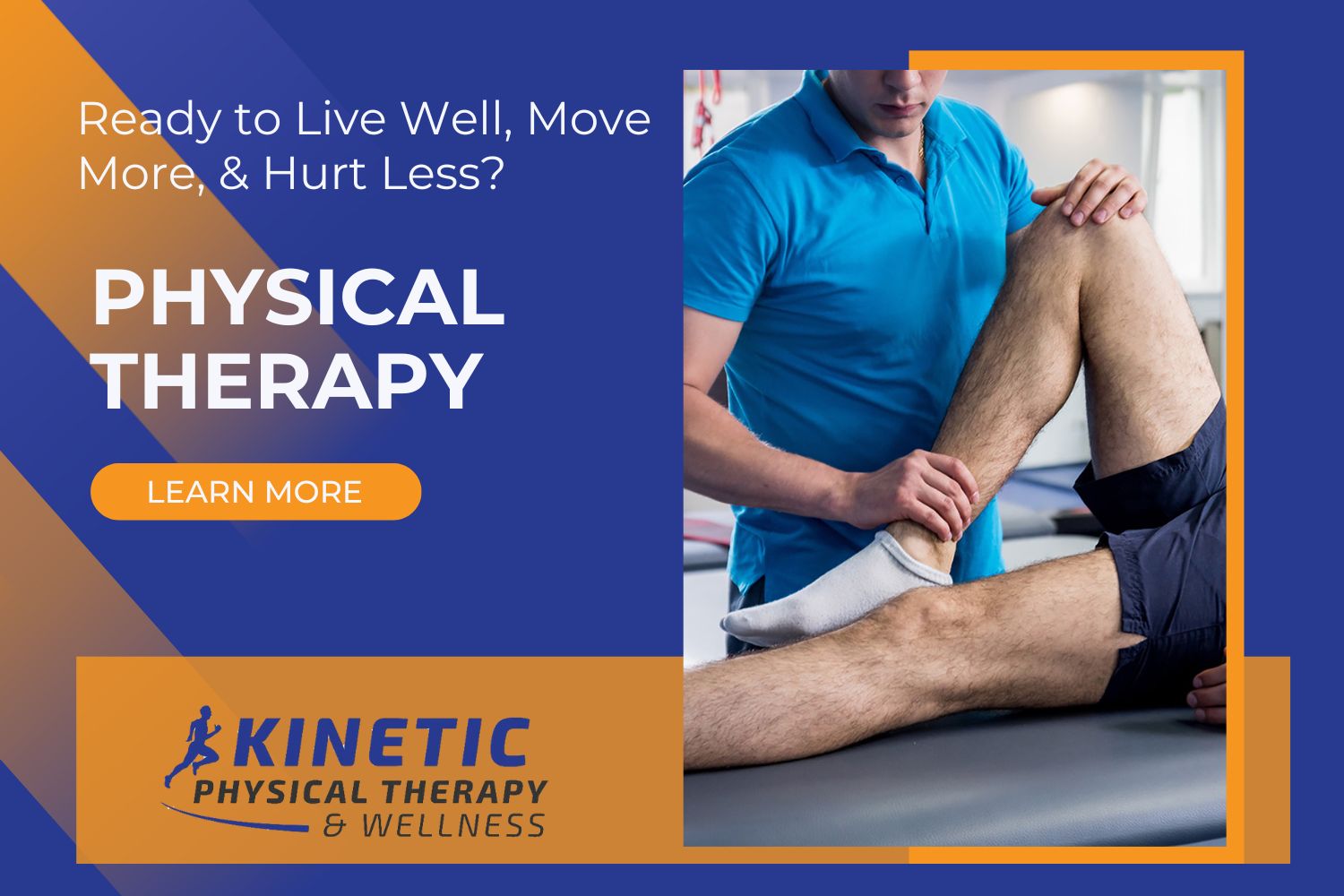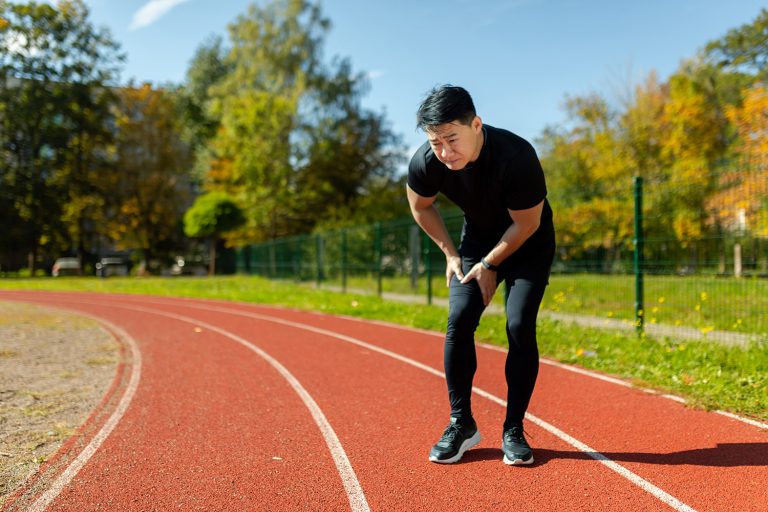

How Physical Therapy Improves Functional Movement in Daily Life
Daily tasks like lifting groceries, bending to tie your shoes, reaching overhead, or walking up stairs may seem simple—until pain, stiffness, or injury makes them challenging. Physical therapy improves functional movement by focusing on the strength, flexibility, balance, and coordination needed for these everyday activities. This approach goes beyond treating pain; it aims to restore your ability to move with ease and confidence in real-world situations. At Kinetic Physical Therapy and Wellness, our hands-on treatments and targeted exercises ensure that patients not only heal but also regain the skills necessary to live an active, independent life.
The Connection Between Functional Movement and Quality of Life
The way you move in daily life directly affects your independence, safety, and overall well-being. When joint stiffness, muscle weakness, or poor movement patterns interfere with daily activities, your quality of life can decline. Physical therapy improves functional movement by identifying the root causes of movement limitations and developing personalized programs to correct them. Whether it’s retraining muscle groups, improving flexibility, or teaching safer body mechanics, physical therapy works to restore the body’s natural movement patterns so you can perform tasks without pain or difficulty.
Common Functional Movement Limitations Addressed in Physical Therapy
Many people seek treatment when pain starts limiting their ability to function. Physical therapy improves functional movement by addressing common issues such as:
- Difficulty bending or squatting due to hip, knee, or back problems
- Limited shoulder mobility affecting overhead reaching
- Trouble with balance and stability during walking or stair climbing
- Weak grip or reduced dexterity impacting fine motor tasks
By improving these movements, physical therapy helps patients return to their normal routines with greater ease and confidence.
Identifying and Correcting Dysfunctional Patterns
A thorough assessment is the first step in addressing mobility issues. When physical therapy improves functional movement, it begins with evaluating how you perform daily activities, identifying movement compensations, and pinpointing the muscles or joints that need targeted care. Therapists may use functional movement screens, balance tests, and strength measurements to create a clear picture of your needs. This assessment forms the foundation for a customized physical therapy plan designed to restore optimal movement.
Key Techniques Used
Treatment plans often include a variety of evidence-based techniques, such as:
- Strength training to enhance the muscles used in daily tasks
- Flexibility and stretching exercises to improve joint mobility
- Balance and stability work to prevent falls and improve coordination
- Manual therapy to release tight muscles and improve joint alignment
- Task-specific retraining to simulate real-life movements
By combining these approaches, physical therapy ensures that progress made in the clinic directly benefits daily living.
The Role of Strength Training in Functional Movement
Muscle weakness is one of the biggest barriers to independent living. Physical therapy improves functional movement by using progressive resistance training to strengthen key muscle groups. This includes core muscles for stability, leg muscles for walking and climbing stairs, and upper body muscles for lifting and reaching. Strengthening these areas not only makes daily activities easier but also reduces the risk of injury, allowing you to remain active for years to come.
The Importance of Range of Motion in Functional Tasks
Tight muscles and stiff joints can make even simple movements uncomfortable. Physical therapy improves functional movement by incorporating stretching and mobility exercises to increase your range of motion. For example, improving shoulder mobility can make it easier to reach for items on a high shelf, while hip flexibility can help with bending and squatting. Regular mobility work within physical therapy sessions helps maintain joint health and ensures smoother, more efficient movement.
Task-Specific Retraining for Real-Life Improvements
One of the most effective ways physical therapy improves functional movement is through task-specific training. This involves practicing real-life activities in a controlled setting, such as lifting a weighted object with proper form or stepping onto a platform to mimic climbing stairs. These exercises build the strength, coordination, and confidence needed to perform these actions in daily life without pain or risk of injury. By simulating your personal challenges, physical therapy ensures progress carries over into your everyday environment.
Preventing Future Limitations Through Ongoing Physical Therapy
A major advantage of starting early is that physical therapy improves functional movement while also helping to prevent future decline. Patients are taught how to maintain their progress through at-home exercise programs, posture correction strategies, and safe lifting techniques. Continued participation in periodic physical therapy check-ins allows therapists to monitor your mobility and adjust your program as needed, helping you stay active and independent.
Taking the First Step Toward Better Movement
If pain, stiffness, or weakness is limiting your ability to live fully, now is the time to act. Physical therapy improves functional movement by restoring your body’s natural abilities, increasing confidence in your daily activities, and helping you enjoy a more active lifestyle. At Kinetic Physical Therapy and Wellness, we specialize in personalized care that addresses your unique needs and goals. Contact us today to schedule your evaluation and discover how targeted physical therapy can help you move better and live better.
Why Choose Kinetic Physical Therapy and Wellness?
At Kinetic Physical Therapy and Wellness, we offer specialized treatment programs tailored to each patient’s unique needs. Our team of experienced therapists is dedicated to providing expert care through evidence-based techniques, personalized treatment plans, and state-of-the-art equipment.
🏃♂️ Ready to overcome pain and get back to doing what you love? Experience the difference of personalized Physical Therapy at Kinetic Physical Therapy and Wellness in Greenville, NC! Our expert therapists are committed to providing individualized care that targets your specific needs, whether you’re recovering from an injury, managing a chronic condition, or seeking to improve mobility. With our tailored treatment plans, you’ll be on the path to lasting recovery and optimal health. 🌟 Don’t let pain hold you back—schedule your Physical Therapy session today and take the first step toward a healthier, more active life!
Please Share
categories
Recent Posts

How Physical Therapy Improves Functional Movement in Daily Life
Daily tasks like lifting groceries, bending to tie your shoes, reaching overhead, or walking up stairs may seem simple—until pain, stiffness, or injury makes them challenging. Physical therapy improves functional movement by focusing on the strength, flexibility, balance, and coordination needed for these everyday activities. This approach goes beyond treating pain; it aims to restore your ability to move with ease and confidence in real-world situations. At Kinetic Physical Therapy and Wellness, our hands-on treatments and targeted exercises ensure that patients not only heal but also regain the skills necessary to live an active, independent life.
The Connection Between Functional Movement and Quality of Life
The way you move in daily life directly affects your independence, safety, and overall well-being. When joint stiffness, muscle weakness, or poor movement patterns interfere with daily activities, your quality of life can decline. Physical therapy improves functional movement by identifying the root causes of movement limitations and developing personalized programs to correct them. Whether it’s retraining muscle groups, improving flexibility, or teaching safer body mechanics, physical therapy works to restore the body’s natural movement patterns so you can perform tasks without pain or difficulty.
Common Functional Movement Limitations Addressed in Physical Therapy
Many people seek treatment when pain starts limiting their ability to function. Physical therapy improves functional movement by addressing common issues such as:
- Difficulty bending or squatting due to hip, knee, or back problems
- Limited shoulder mobility affecting overhead reaching
- Trouble with balance and stability during walking or stair climbing
- Weak grip or reduced dexterity impacting fine motor tasks
By improving these movements, physical therapy helps patients return to their normal routines with greater ease and confidence.
Identifying and Correcting Dysfunctional Patterns
A thorough assessment is the first step in addressing mobility issues. When physical therapy improves functional movement, it begins with evaluating how you perform daily activities, identifying movement compensations, and pinpointing the muscles or joints that need targeted care. Therapists may use functional movement screens, balance tests, and strength measurements to create a clear picture of your needs. This assessment forms the foundation for a customized physical therapy plan designed to restore optimal movement.
Key Techniques Used
Treatment plans often include a variety of evidence-based techniques, such as:
- Strength training to enhance the muscles used in daily tasks
- Flexibility and stretching exercises to improve joint mobility
- Balance and stability work to prevent falls and improve coordination
- Manual therapy to release tight muscles and improve joint alignment
- Task-specific retraining to simulate real-life movements
By combining these approaches, physical therapy ensures that progress made in the clinic directly benefits daily living.
The Role of Strength Training in Functional Movement
Muscle weakness is one of the biggest barriers to independent living. Physical therapy improves functional movement by using progressive resistance training to strengthen key muscle groups. This includes core muscles for stability, leg muscles for walking and climbing stairs, and upper body muscles for lifting and reaching. Strengthening these areas not only makes daily activities easier but also reduces the risk of injury, allowing you to remain active for years to come.
The Importance of Range of Motion in Functional Tasks
Tight muscles and stiff joints can make even simple movements uncomfortable. Physical therapy improves functional movement by incorporating stretching and mobility exercises to increase your range of motion. For example, improving shoulder mobility can make it easier to reach for items on a high shelf, while hip flexibility can help with bending and squatting. Regular mobility work within physical therapy sessions helps maintain joint health and ensures smoother, more efficient movement.
Task-Specific Retraining for Real-Life Improvements
One of the most effective ways physical therapy improves functional movement is through task-specific training. This involves practicing real-life activities in a controlled setting, such as lifting a weighted object with proper form or stepping onto a platform to mimic climbing stairs. These exercises build the strength, coordination, and confidence needed to perform these actions in daily life without pain or risk of injury. By simulating your personal challenges, physical therapy ensures progress carries over into your everyday environment.
Preventing Future Limitations Through Ongoing Physical Therapy
A major advantage of starting early is that physical therapy improves functional movement while also helping to prevent future decline. Patients are taught how to maintain their progress through at-home exercise programs, posture correction strategies, and safe lifting techniques. Continued participation in periodic physical therapy check-ins allows therapists to monitor your mobility and adjust your program as needed, helping you stay active and independent.
Taking the First Step Toward Better Movement
If pain, stiffness, or weakness is limiting your ability to live fully, now is the time to act. Physical therapy improves functional movement by restoring your body’s natural abilities, increasing confidence in your daily activities, and helping you enjoy a more active lifestyle. At Kinetic Physical Therapy and Wellness, we specialize in personalized care that addresses your unique needs and goals. Contact us today to schedule your evaluation and discover how targeted physical therapy can help you move better and live better.
Why Choose Kinetic Physical Therapy and Wellness?
At Kinetic Physical Therapy and Wellness, we offer specialized treatment programs tailored to each patient’s unique needs. Our team of experienced therapists is dedicated to providing expert care through evidence-based techniques, personalized treatment plans, and state-of-the-art equipment.
🏃♂️ Ready to overcome pain and get back to doing what you love? Experience the difference of personalized Physical Therapy at Kinetic Physical Therapy and Wellness in Greenville, NC! Our expert therapists are committed to providing individualized care that targets your specific needs, whether you’re recovering from an injury, managing a chronic condition, or seeking to improve mobility. With our tailored treatment plans, you’ll be on the path to lasting recovery and optimal health. 🌟 Don’t let pain hold you back—schedule your Physical Therapy session today and take the first step toward a healthier, more active life!
Please Share






